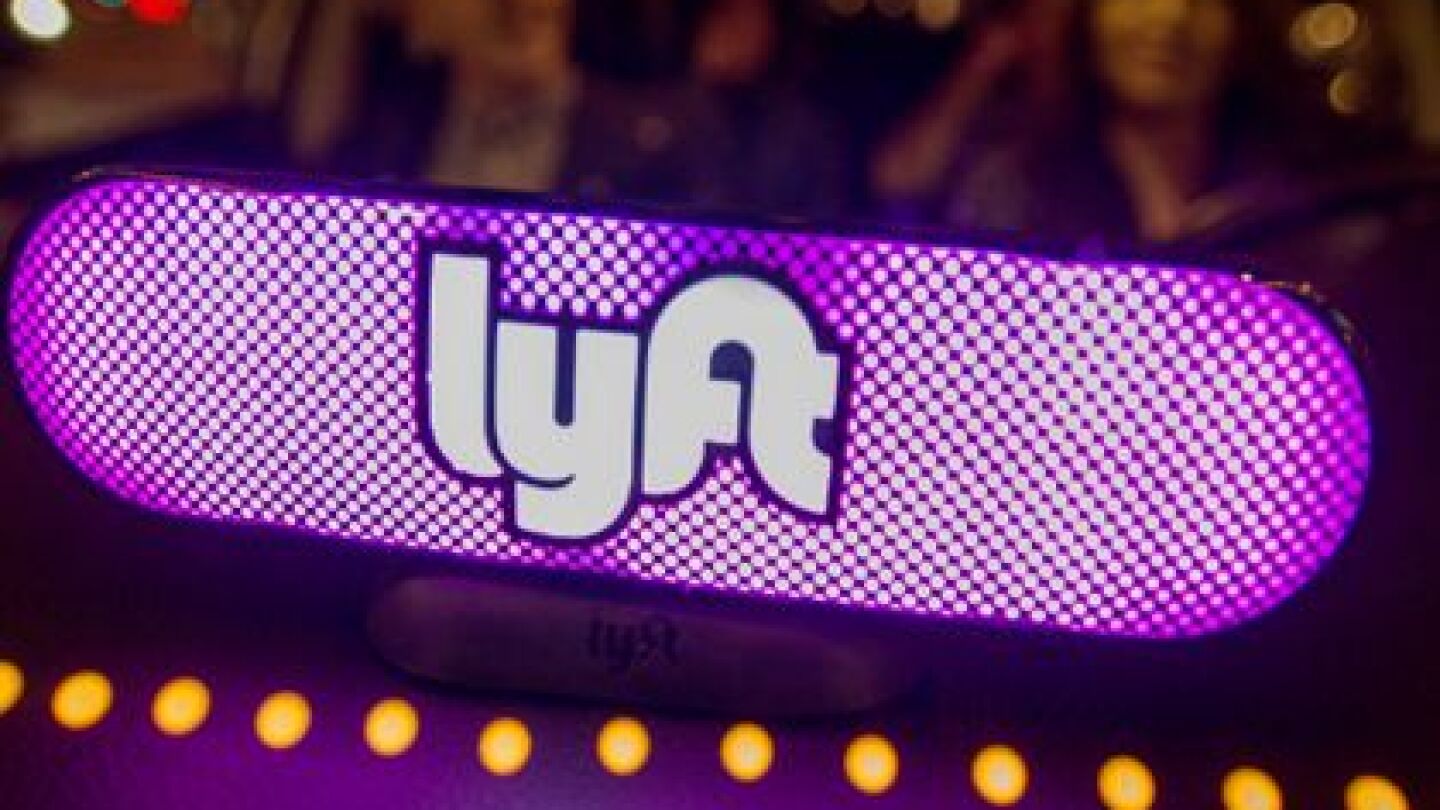Clinical
Access our directory of clinical articles in EMS, which offers in-depth information on patient assessment, treatment protocols, and emerging medical practices. This collection covers various clinical topics essential for EMS professionals, from advanced pharmacology to trauma management. Staying up-to-date with clinical knowledge is vital for delivering high-quality patient care. For additional resources, explore our section on Medical Research. Enhance your clinical expertise with our expert-driven content.
Are you over-ventilating your patients? Probably, says Kelly Grayson
You are on scene with a patient who is complaining of weakness. The vital signs your partner has given you are not very detailed. What are some ways to improve on those findings?
Diabetic emergencies come in a variety of types and causes, but the tools available to EMTs allow excellent evaluation and initial treatment of the patient
This issue features articles on the challenges of and lessons learned from several important innovations
Advocates say Senate Bill 1441 will help solve a state issue patients have no control over
Maximize learning from EMS patient care scenarios with learning objectives, clear briefing and pre-planning equipment
Jerome Roddenberry received 32 vials of antivenin at the hospital after a rattlesnake bit him on his hand
One girl battling cancer flexed her muscles for them through the windows of the oncology unit
You are on scene with a patient who was found lying on the sidewalk with an altered level of consciousness; how can you obtain a history for a patient who cannot provide it himself?
You are dispatched to a report of a male found down on the sidewalk in a suburban neighborhood
Patients typically incur the unexpected fees because of hospitals’ contract out-of-network providers who work as specialists
Learn the age-related differences in a pediatric patient’s ECG and the changes to expect on a pediatric 12-lead ECG
Our co-hosts discuss MedStar’s partnership with Lyft for transport of low-priority patients
Understanding your unconscious biases will make hiring decisions, disciplinary choices, relationships and clinical care more equitable
Students covered in fake blood or wearing fake arms with burns and injuries on them wandered around the college campus
School staff members will be able to administer asthma medication to students instead of having to call a parent or send the child to an emergency room
For every 100 people suffering a heart attack or cardiac arrest, three to four more died within a month if they had sought care on a marathon day
The journey to Mission: Lifeline recognition for Paramedics Plus improved the STEMI system of care through better data capture, communication and trust
EMS agencies are cautioned to understand the risk of triaging patients to a ride-sharing service instead of sending an ambulance
The gadget is designed to be worn on one leg at a time for patients severely paralyzed on one side of the body due to a stroke or other ailments
Priority Dispatch and PulsePoint announce partnership to help emergency medical dispatchers inform callers of the closest AEDs
The bill would apply to people who are rushed by ambulance to a facility that doesn’t accept their insurance
Officials said Lyft drivers will not be expected to perform any medical procedures
Procedures/devices that ensure an open pathway for gas exchange between a patient’s lungs and the atmosphere
The bill will prevent hospitals and physicians from instituting do-not-resuscitate orders or similar directives for children if one parent objects
The company said the inhalers may have a defect that causes them to administer fewer doses of medicine than indicated
The ride-share service allows customers to pay less than what an ambulance ride costs, but at what risk to their health?
Show off your trauma knowledge with this quiz about trauma patient assessment and treatment
A special report published in Prehospital and Disaster Medicine explains why all mass gatherings are not created equal
Administering medications intranasally in the pre-hospital or emergency setting can be easy, fast and non-invasive
Interactive training materials are designed to empower bystanders to initiate simple lifesaving actions before EMS arrives
Individuals enrolled in the MIH program receive home visits from paramedics over a four-week period




















